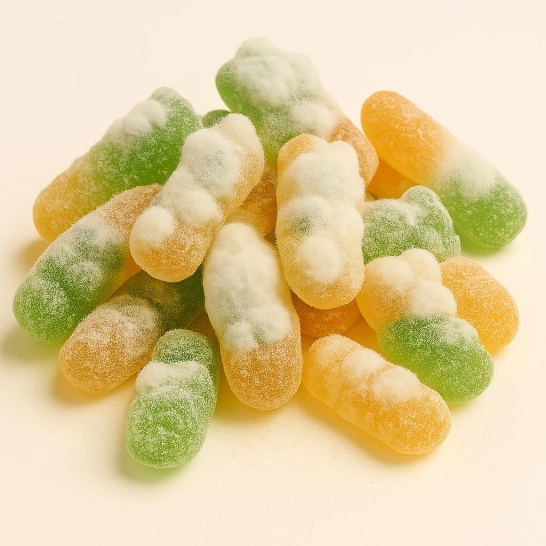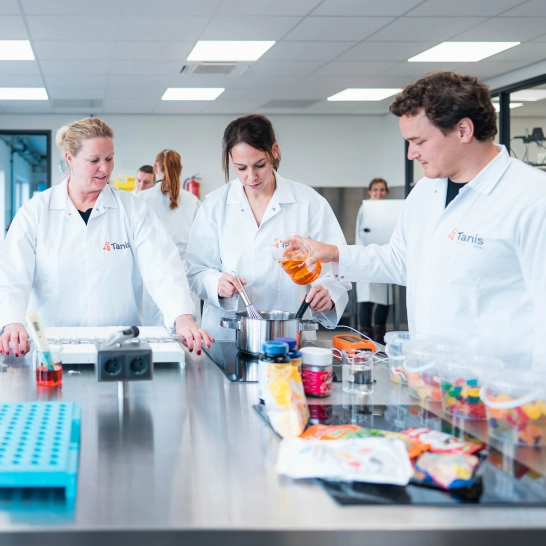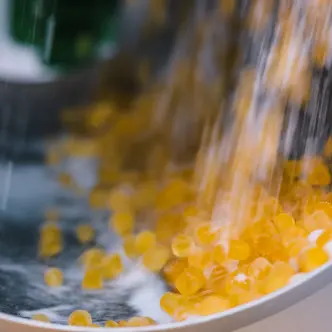In this blog, we explain what moldy gummies are, the most common causes of mold growth, and how to prevent it through smart process design and best practices. We also highlight how the Tanis Innovation Center in Oosterhout can support producers with expert guidance and technical solutions.
Understanding Moldy Gummies: Causes and Prevention
Gummy candies are a fast-growing segment in the confectionery and nutraceutical industries — popular for their taste, convenience, and versatility. At Tanis, we specialize in the design and manufacture of production lines for gummies and jellies, offering solutions for both traditional confectionery and functional products such as vitamin gummies.
One issue that manufacturers occasionally face is the presence of mold on gummies. While not overly common in well-controlled processes, mold can occur and must be taken seriously.






